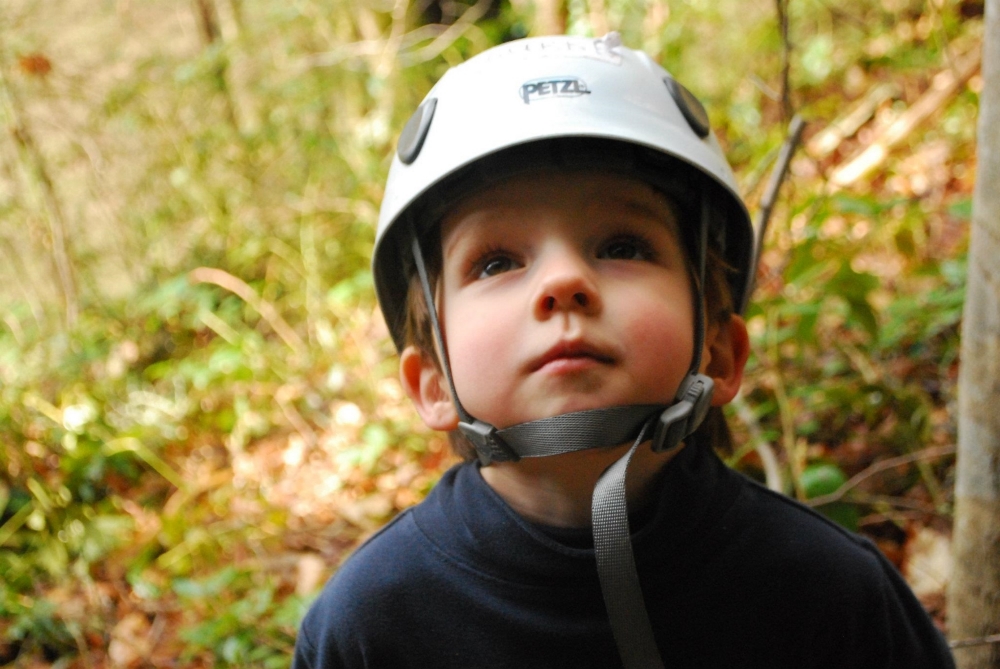Kristin Schild in her survival suit and field gear collecting samples out of a Rigid Inflatable Boat (RIB) in Kongsfjorden, Svalbard, Norway. She is studying the influence of a warming climate on ice discharge and its influence on physical and biological dynamics within the fjord. Photo: K. Lindbäck
The Alliance for Sustainable Energy, which manages the National Renewable Energy Laboratory (NREL) in Golden for the Department of Energy, has partnered with the American Alpine Club to provide AAC Research Grants. The Alliance will contribute $5,000 to future grants and provide technical support for their administration. These grants will support clean energy and other scientific endeavors in mountains and crags around the world. Grant winners provide vital knowledge about our climbing environments and enrich our understanding of environmental impacts.
The AAC Research Grant application opens on November 15 and closes on January 15. Learn more about the club’s grants program and how you can apply: https://americanalpineclub.org/research-grants
August 29, 2016, Golden, CO—The Alliance for Sustainable Energy, which manages the National Renewable Energy Laboratory (NREL) in Golden for the Department of Energy, has partnered with the American Alpine Club to provide AAC Research Grants. The Alliance will contribute $5,000 to future grants and provide technical support for their administration. These grants will support clean energy and other scientific endeavors in mountains and crags around the world. Grant winners provide vital knowledge about our climbing environments and enrich our understanding of environmental impacts.
NREL’s work in clean energy aligns with AAC’s long history of supporting some of the most significant mountain explorations in the world, including the 1939 summit attempt on K2, the 1963 first American summit of Everest, and the 1966 summit of Antarctica's Mt. Vinson.
In addition to providing funding, the Alliance will support the club’s research grants by participating in the grant reviews.
“We’re lucky to have a laboratory in our backyard that is leading the country in developing clean energy technology,” says Policy and Advocacy Director Maria Millard. “It’s a natural fit for such a powerhouse to fuel our research grants.”
Previous AAC research grant winners have studied snow surfaces and the formation of snow bedforms in Antarctica and Colorado, providing useful information for alpine travelers and avalanche professionals. A recent "Live your Dream" climbing grant awardee just returned from a month in Nepal where a team from Goal Zero installed solar panels in remote mountain villages. Another grant participant examined the impact of human and climate disturbance on alpine plants, information that can inform land management decisions and backcountry travel.
The AAC Research Grant application opens on November 15 and closes on January 15. Learn more about the club’s grants program and how you can apply: americanalpineclub.org/research-grants







